The Allure of Tarantulas
Tarantulas, with their impressive size, hairy bodies, and often vibrant colors, have captivated humans for centuries. These arachnids, belonging to the Theraphosidae family, are a diverse group of spiders, and their unique characteristics make them a source of both fascination and, for some, fear. Their presence in various ecosystems around the world, from tropical rainforests to arid deserts, highlights their adaptability and resilience. Understanding these creatures, their biology, and their behavior can help dispel myths and foster a greater appreciation for these often misunderstood animals. This article will delve into the amazing world of tarantulas, revealing fascinating facts and dispelling common misconceptions.
What Defines a Tarantula
Tarantulas are easily distinguished from other spiders by their size and appearance. They are among the largest spiders in the world, with some species having leg spans exceeding 10 inches. Their bodies are covered in a thick layer of hair, which serves various purposes, including sensory perception and defense. Unlike many other spiders, tarantulas possess four pairs of walking legs, and they also have chelicerae, which are the mouthparts used for injecting venom. These features, combined with their distinct body shape, make them easily identifiable within the spider family. Their impressive size and often colorful appearance make them a favorite among enthusiasts and researchers alike.
Distinguishing Features
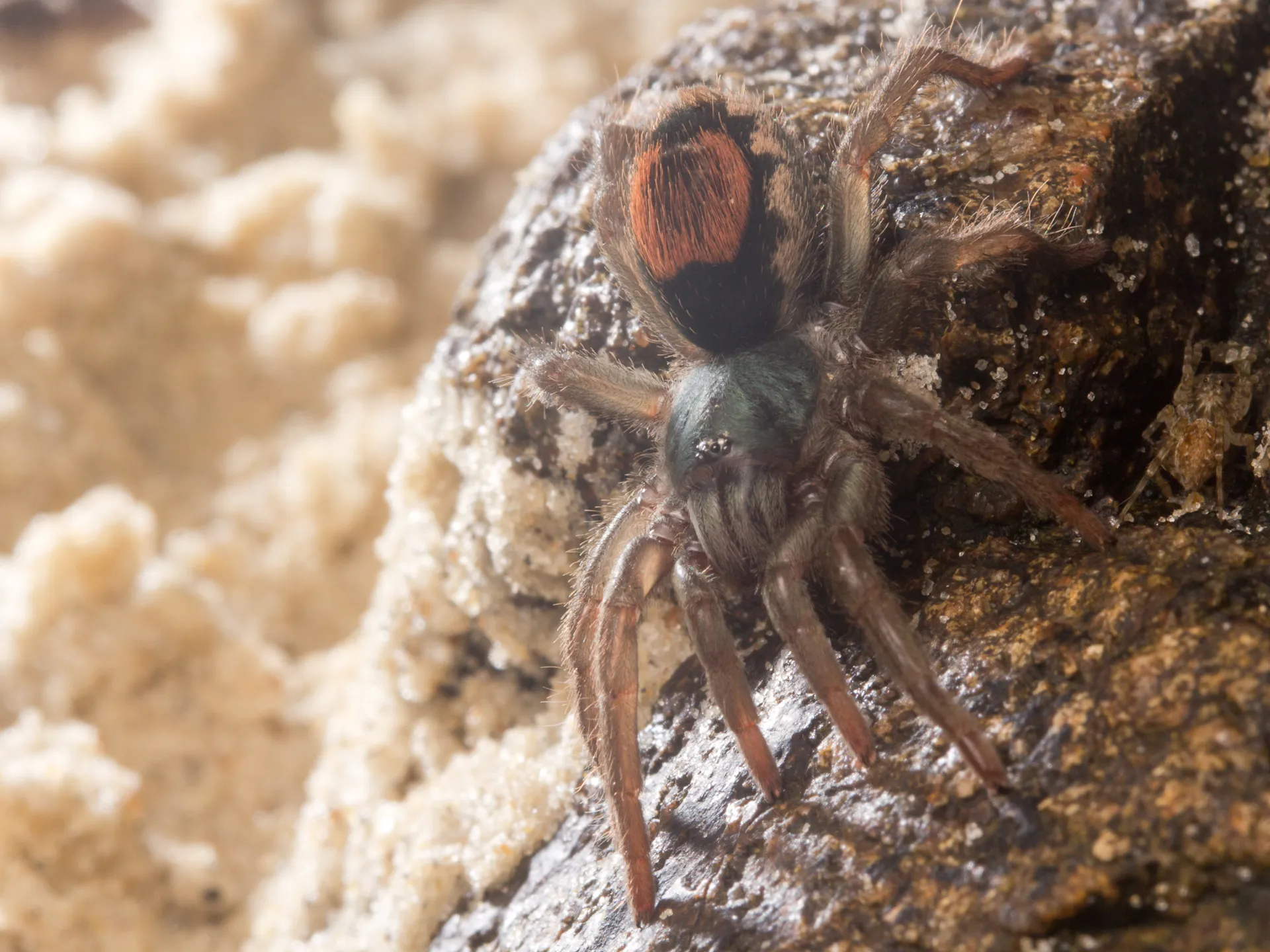
Key distinguishing features of tarantulas include their large size, hairy bodies, and the presence of two pairs of book lungs for respiration. They also have two clawed feet at the end of each leg, aiding in climbing and gripping surfaces. Furthermore, tarantulas possess fangs (chelicerae) that are much larger than those of many other spider species. These fangs are used to inject venom into their prey. The size and shape of the chelicerae, along with the overall body structure, are significant identifiers for tarantulas.
Habitats
Tarantulas inhabit a wide range of environments, including tropical rainforests, deserts, grasslands, and even suburban areas. Their habitats are typically dictated by factors such as temperature, humidity, and the availability of prey. Many species are terrestrial, living in burrows they dig themselves or take over from other animals. Others are arboreal, residing in trees and bushes. Their adaptability allows them to thrive in diverse climates, making them one of the most widespread spider families on Earth. The choice of habitat is critical for survival, providing shelter, food, and protection from predators.
Top 5 Amazing Tarantula Facts
Fact 1: Tarantulas Aren’t Always Spiders

While tarantulas are classified as spiders, it’s more accurate to call them arachnids, which is a broader classification. All spiders are arachnids, but not all arachnids are spiders. Arachnids include scorpions, mites, and ticks, among others. The term ‘spider’ often refers to a specific order within the Arachnida class. Tarantulas are members of the order Araneae, a group that encompasses all true spiders. The term ‘spider’ is often used interchangeably with ’tarantula’, it’s important to understand the broader classification.
The Spider vs. Arachnid Debate
The distinction between a spider and an arachnid lies in their classification within the arthropod family. Spiders belong to the arachnid class, which is a larger group that includes other creatures like scorpions and mites. All spiders are arachnids, but the term ‘arachnid’ encompasses a wider range of species. The key characteristic of spiders, and therefore tarantulas, is their ability to produce silk and their two-part body plan – a cephalothorax (fused head and thorax) and an abdomen.
The Diversity of Tarantula Species
The tarantula family encompasses a vast array of species, each adapted to a unique niche within its environment. These species vary in size, color, and behavior. Some are ground-dwelling, while others are arboreal, exhibiting adaptations that allow them to thrive in their respective habitats. From the vibrant hues of the Brazilian Rainbow Tarantula to the more subdued tones of the Chilean Rose, the diversity of tarantulas is remarkable. This biodiversity underscores the evolutionary success of these arachnids and their ability to adapt to various environmental conditions.
Fact 2: Tarantulas’ Impressive Lifespans
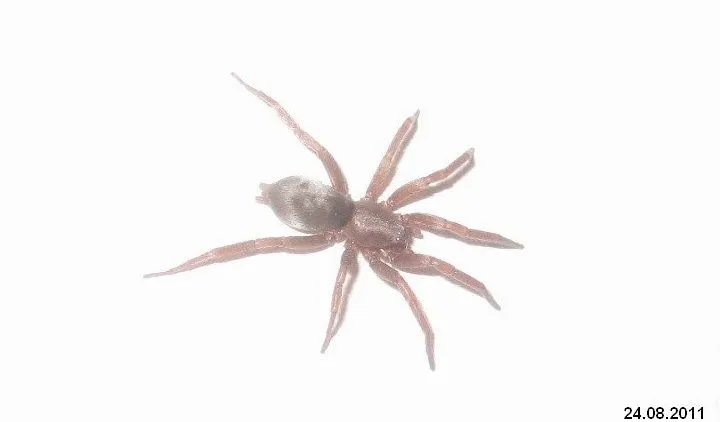
One of the most fascinating facts about tarantulas is their longevity. Some species can live for over 25 years in captivity, with females typically living significantly longer than males. This extended lifespan is a stark contrast to many other spider species. Their long lifespans are a testament to their slow metabolism and their ability to conserve energy. The longevity of tarantulas makes them popular pets, providing owners with a long-term companion.
Female vs. Male Lifespan
Female tarantulas generally live much longer than males. This difference is primarily due to the role of reproduction. Females invest significant resources in egg production and are less likely to engage in risky behaviors. Males, on the other hand, often die shortly after mating. The females’ longer lifespans also provide more opportunities for breeding, ensuring the continuation of the species. This significant disparity in lifespan is a key characteristic of tarantula life cycles.
Factors Affecting Longevity
Several factors influence a tarantula’s lifespan. Diet, environmental conditions (temperature and humidity), and overall care significantly impact longevity. Proper nutrition, a stable environment, and protection from predators are critical for a long and healthy life. In captivity, tarantulas can live longer than in the wild due to controlled environments that minimize threats. Keeping the terrarium clean and providing appropriate enrichment are also essential for a tarantula’s well-being.
Fact 3: Tarantulas Have Venom
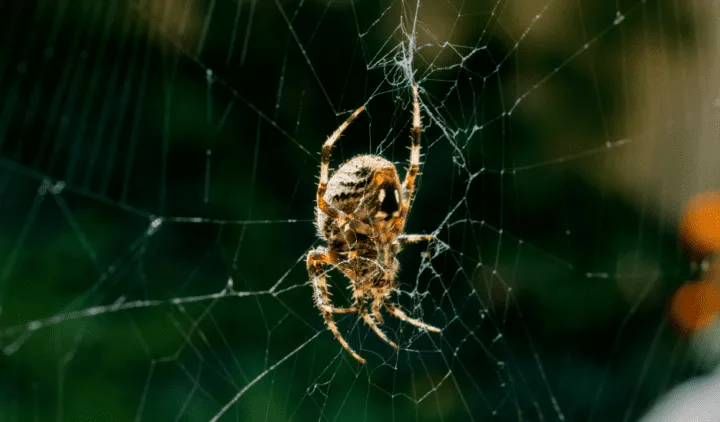
Tarantulas are venomous creatures, using venom to subdue their prey. However, their venom is generally not considered highly dangerous to humans. The effects of a tarantula bite are often comparable to a bee sting. The venom is primarily used to paralyze or incapacitate insects, small rodents, or other prey items. While some people may experience mild symptoms like localized pain, swelling, or redness, serious reactions are rare. Despite this, it’s always wise to exercise caution when handling tarantulas and to avoid provoking them.
Venom Composition and Effects
Tarantula venom is a complex mixture of proteins, enzymes, and other compounds. The primary function of the venom is to immobilize prey. The effects of the venom can vary depending on the species of tarantula and the size of the prey. In humans, the venom can cause localized pain, redness, swelling, and itching. Serious systemic reactions are extremely rare. The venom’s composition is constantly being studied, and research continues to explore its potential applications in medicine and other fields.
Tarantulas and Human Interaction
Human interactions with tarantulas are varied. Many people keep tarantulas as pets, appreciating their unique characteristics and relatively low-maintenance requirements. However, it’s essential to handle them with care and respect. Bites are uncommon but can occur if a tarantula feels threatened. Education about proper handling and understanding tarantula behavior is crucial for safe interactions. Furthermore, tarantula venom is not considered lethal to humans. The primary defense mechanism is to flick urticating hairs, which can cause irritation.
Fact 4: Tarantulas Shed Their Skin
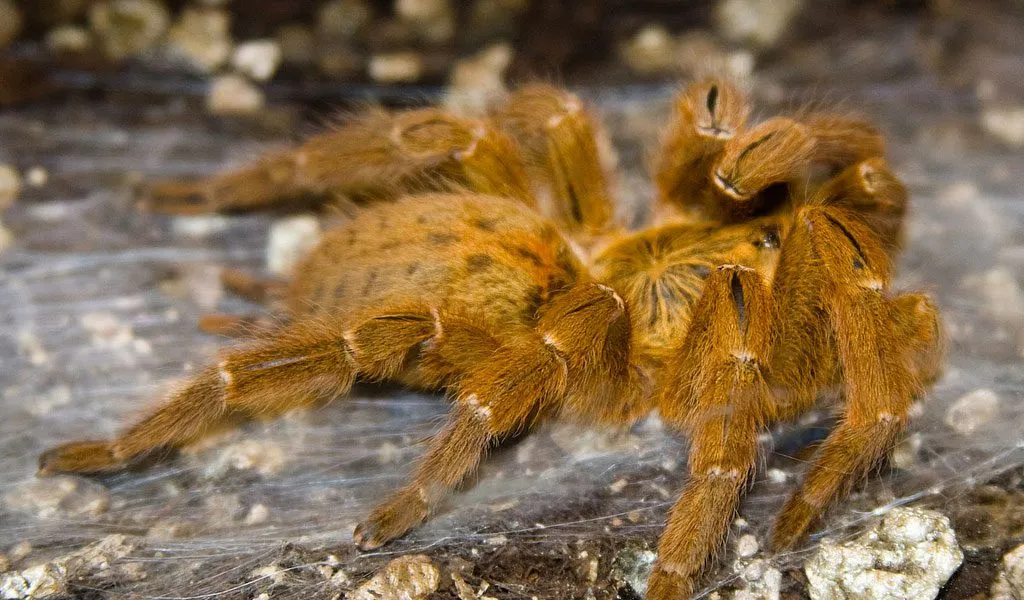
Tarantulas, like all arthropods, periodically shed their exoskeletons in a process called molting. This allows them to grow larger and replace damaged or worn-out body parts. The molting process is a vulnerable time for tarantulas, as they are soft and defenseless until their new exoskeleton hardens. During this process, the tarantula will often hide and refuse food. Molting is a fundamental part of a tarantula’s life cycle and is essential for their growth and development.
The Molting Process
The molting process begins with the formation of a new exoskeleton beneath the old one. The tarantula then absorbs fluid to swell and split the old exoskeleton. The spider emerges from the old skin, leaving behind a complete cast of its former self. After molting, the tarantula’s new exoskeleton is soft and vulnerable, taking several days or weeks to harden completely. The molting process allows the tarantula to grow in size and replace lost limbs.
Frequency of Molting
The frequency of molting depends on the age and species of the tarantula. Young tarantulas molt more frequently, sometimes several times a year, as they grow rapidly. As they mature, the molting frequency decreases, with adult tarantulas molting only once a year or less. The molting process is a significant event in a tarantula’s life, indicating growth and a renewal of its exoskeleton. The conditions also play a role, with appropriate humidity and temperature facilitating the process.
Fact 5: Tarantulas Play a Role in Ecosystems
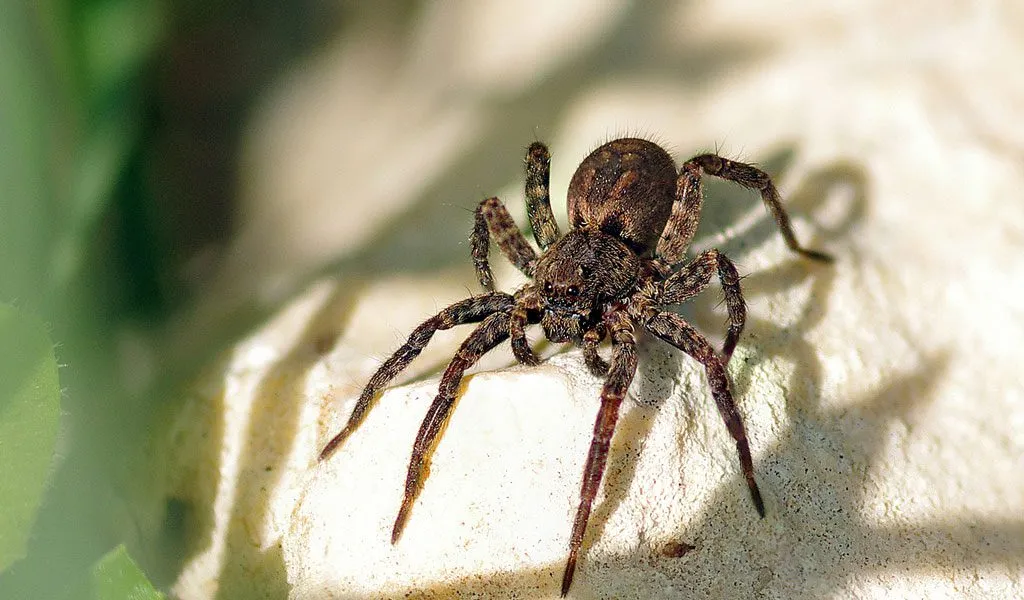
Tarantulas play a vital role in their ecosystems. As predators, they help control insect and small vertebrate populations. They also serve as prey for larger animals, contributing to the food chain. Their presence or absence can impact the balance of an ecosystem, influencing the populations of other species. Understanding their role is crucial for the overall health of these natural environments. Conservation efforts should consider the role of tarantulas as crucial contributors to biodiversity.
Tarantulas as Predators
Tarantulas are opportunistic predators, feeding primarily on insects, but they can also consume small vertebrates like lizards, frogs, and even small birds. They use their venom to subdue their prey and then inject digestive enzymes to break down the tissues. Tarantulas are ambush predators, often waiting patiently for prey to come within striking distance. Their predatory behavior helps regulate populations of other organisms in their habitats.
Tarantulas as Prey
While tarantulas are formidable predators, they are also prey for larger animals. Birds, mammals, and reptiles often prey on tarantulas, contributing to the food chain. Their presence serves as a food source for other animals in their environment. Predators such as snakes, owls, and other birds of prey regularly hunt tarantulas. This predator-prey relationship helps maintain a balanced ecosystem, regulating populations and ensuring the survival of multiple species.
Conclusion

Tarantulas are truly fascinating creatures, with their unique adaptations and behaviors. From their impressive size and diverse habitats to their roles in ecosystems, they offer a wealth of information. Learning about these amazing arachnids helps us understand the importance of biodiversity and the interconnectedness of life. Understanding the facts about tarantulas can help dispel any fears and allows for a greater appreciation of their role in the natural world.
Summary of Key Facts
This article has covered the basics about tarantulas, including their classification, key features, and fascinating facts. We have explored how tarantulas are not always spiders, their impressive lifespans, and their role as predators. Furthermore, we explored the molting process and the function within the ecosystem. The goal is to get readers informed and dispel common misconceptions and increase understanding.
Further Exploration
For those interested in learning more about tarantulas, there are numerous resources available. Many books, websites, and documentaries provide detailed information about these fascinating creatures. Observing tarantulas in their natural habitats, if possible, or in captivity, is also an excellent way to learn more about their behavior and ecology. Further study can lead to a more profound appreciation for the natural world.
